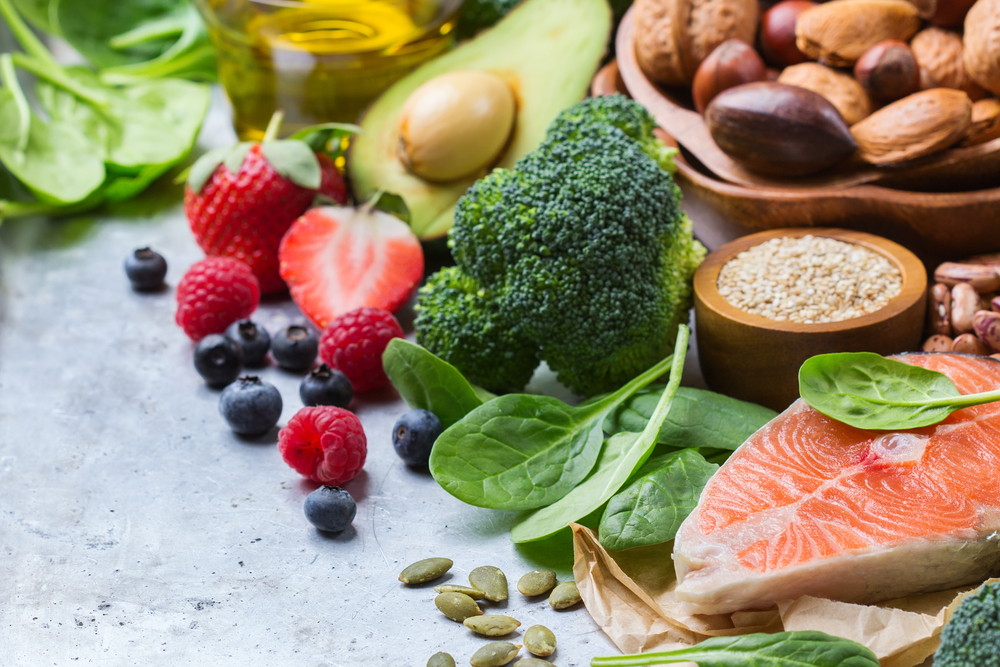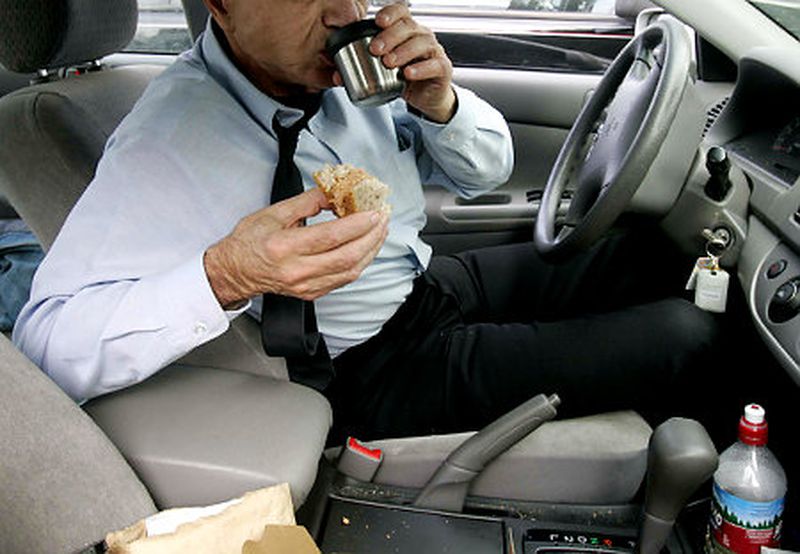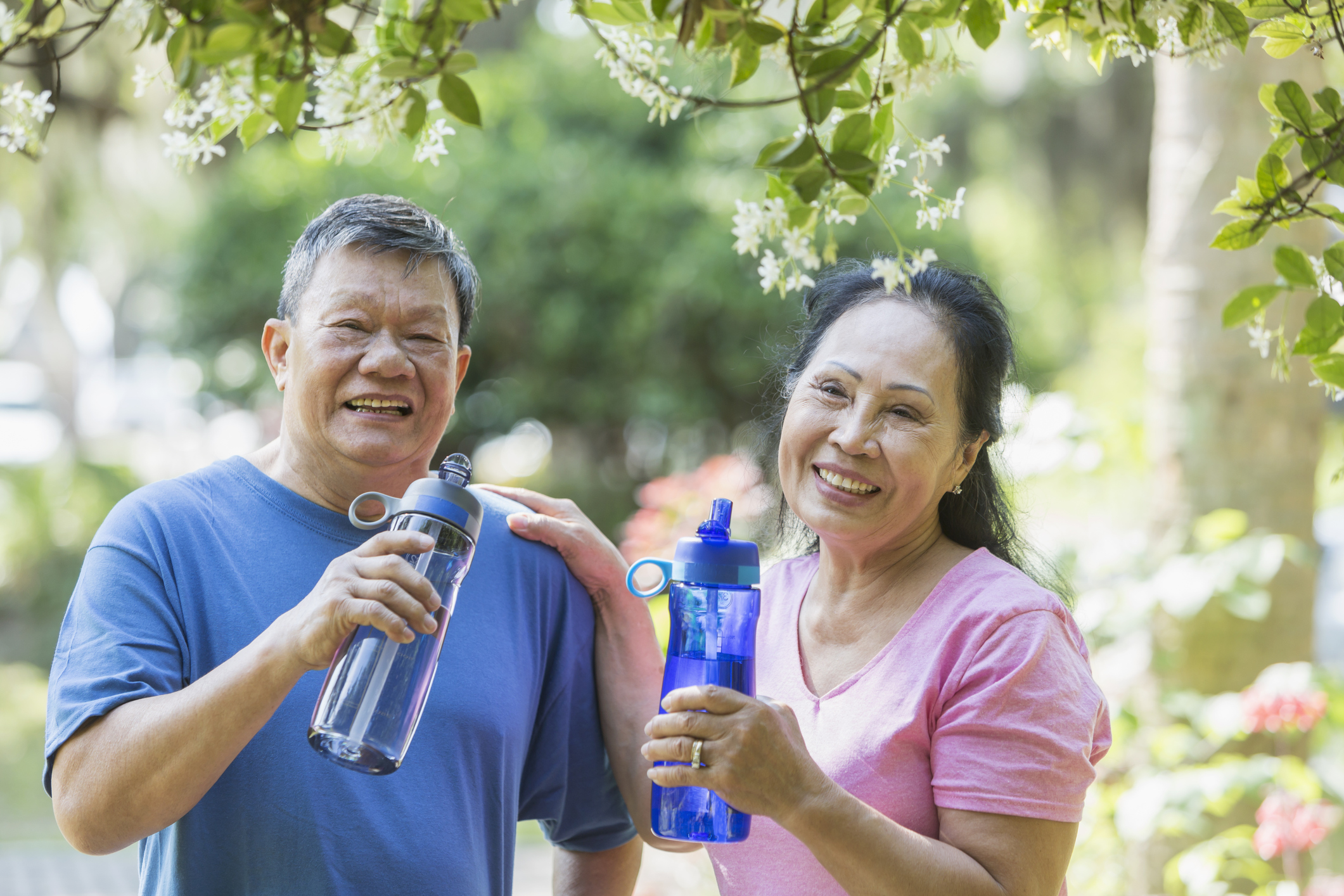WHAT AM I EATING?
FITNESS AND FOOD: WHAT TO EAT AND WHEN
Guess what? It doesn't matter how much you exercise if what we eat is not healthy or beneficial to your body. When we make exercise a lifestyle we also need to make what we eat a lifestyle. That means if we want to achieve our desired fitness and wellness goals exercise and diet must work together. Proper nutrition will fuel your workouts and help handle the stress to joints and muscles associated with workouts.
Diet and exercise has been made is a very complex issue. There are many so called authorities with different opinions and a lot of contradictory research. However, we at LIVIN FIT© after 25 years of fitness wellness teaching, training and exeperience believe it simply comes to five basic rules to get you started:
Eat a “full” breakfast
Strive to start each day early enough to get that most important meal of the day. “Full” means what's best for your nutritional needs. The first meal of the day increases our blood sugar which energy throughout the day. If you workout within an hour of breakfast make the portions smaller or a something that adds to your blood sugar.
Don’t workout on “E”
If you haven’t had anything to eat about 2 hours before a workout session grab a banana, a power drink or something similar. This will keep your blood sugar up and be a light meal especially for workouts of 60 minutes or less.
Drink plenty of water
Staying properly hydrated is critical because it regulates the body temperature and heart rate. You could lose up to a 1 liter of water after an hour of fitness depending on the room temperature and intensity of work. Dehydration is the culprit that leads to cramps and energy loss.
Try not to miss meals
When we miss eating this can lead to low blood sugar resulting in feeling lightheaded and weak.
Eat something after exercise fun
Working out can and should be enjoyable and effective. However, it's also uses lot's of the body's fuel and water. The LIVIN FIT© Program recommends eating a meal containing carbohydrates, proteins, water or power drink about an hour to two hours after workouts.
Speaking of water
Everyone is different but it's generally recognized by health and fitness professionals to drink 4 to 8 glasses of water daily. When it comes to exercise about 4-10 ounces for every 15 minutes during the session. It's important to replenish body salts and fluids due to the risk of heat stroke.
Ways to prevent cramping
A muscle cramp is a sudden and involuntary contraction of one or more of your muscles. Muscle cramps can cause severe pain. Though generally harmless, muscle cramps can make it temporarily impossible to use the affected muscle.Most muscle cramps develop in the leg muscles, particularly in the calf. Besides the sudden, sharp pain, you might also feel or see a hard lump of muscle tissue beneath your skin.
When to see a doctor
Muscle cramps usually disappear on their own and are rarely serious enough to require medical care. However, see your doctor if your cramps: Cause severe discomfort Are associated with leg swelling, redness or skin changes Are associated with muscle weakness Happen frequently Don't improve with self-care Aren't associated with an obvious cause, such as strenuous exercise - MAYO CLINIC
Avoid eating in a rush
Eating on the run is not healthy. According to new research, chewing through your food too quickly can lead to putting on weight and even trigger problems with your heart. The study found that slower eaters were less likely to become obese and less likely to develop metabolic syndrome – a combination of disorders that increase the risk of heart disease, diabetes, and strokes. - Science Alert
To minimize the ill effects of eating while rushing around keep some nutritious power bars or other snacks on hand. The following are examples..
ALWAYS LISTEN TO YOUR BODY! !
People will always be at different levels of health and fitness. You know your body better than anyone else, pay attention to it. Eating and exercise are also unique to each individual. Focus on your...






